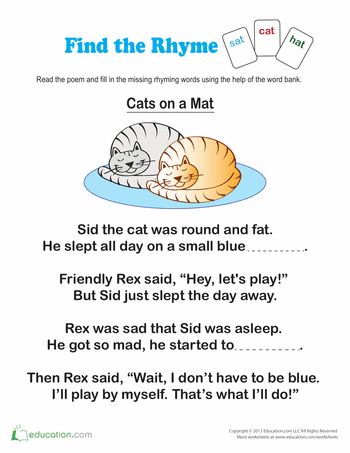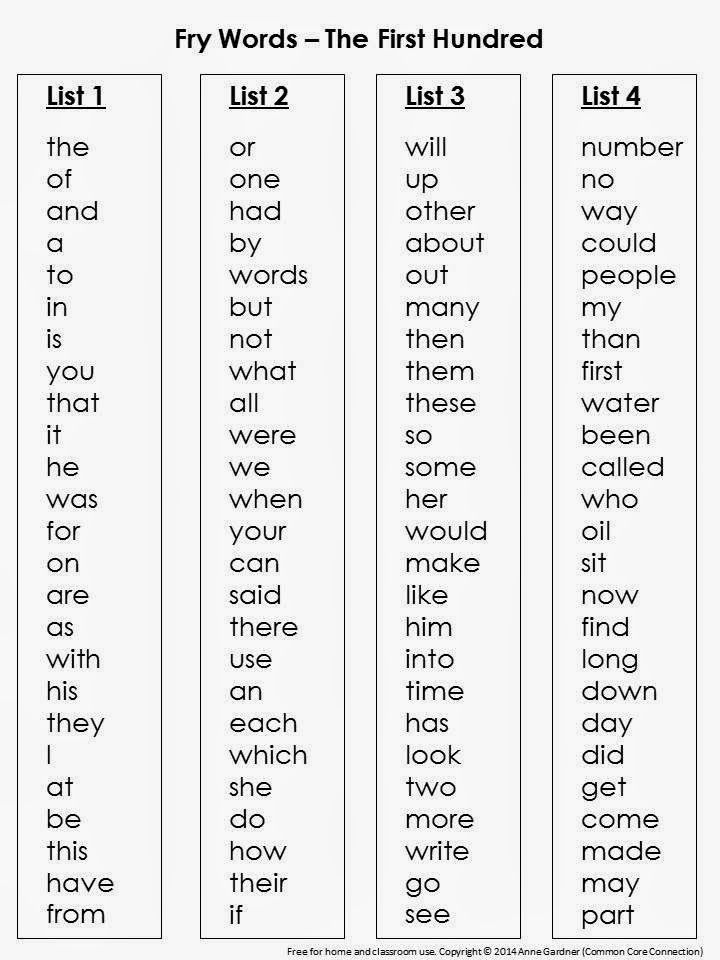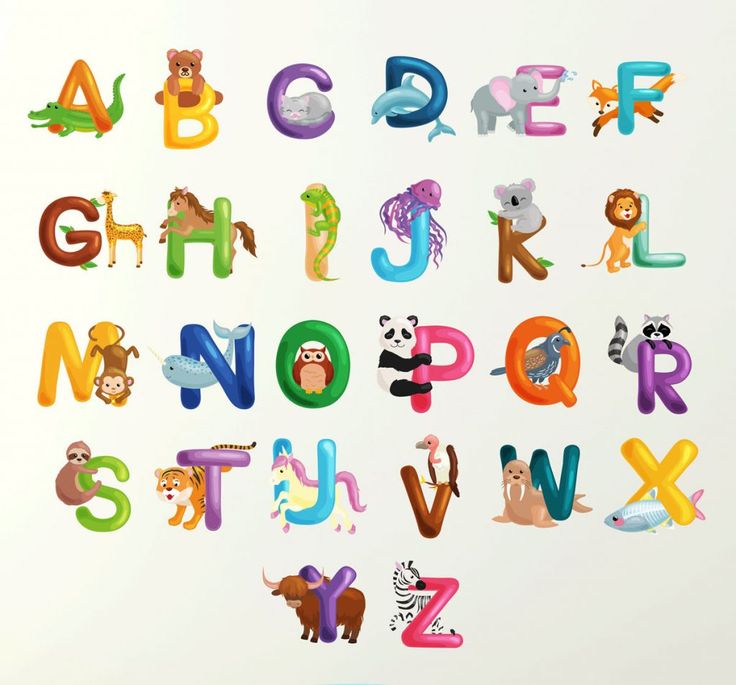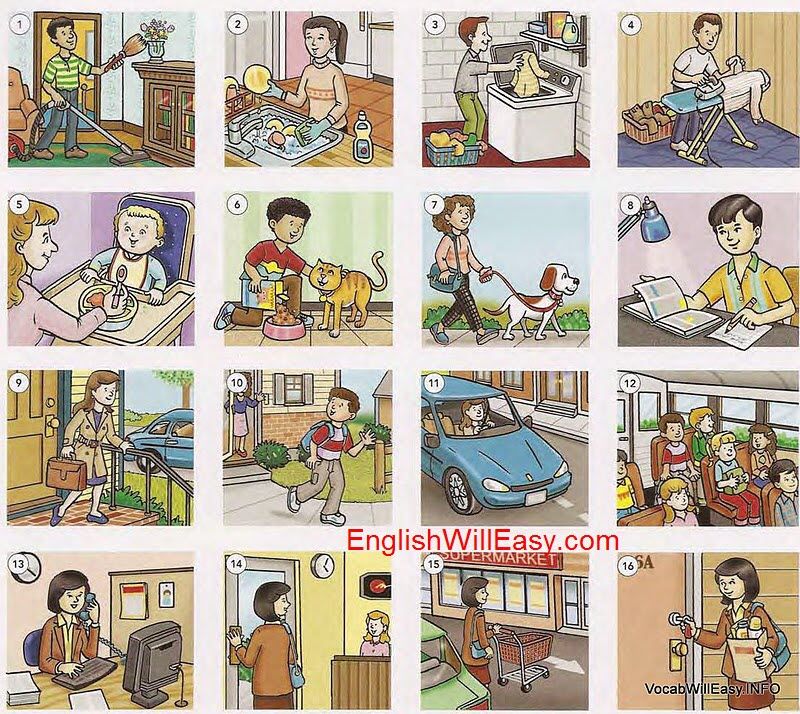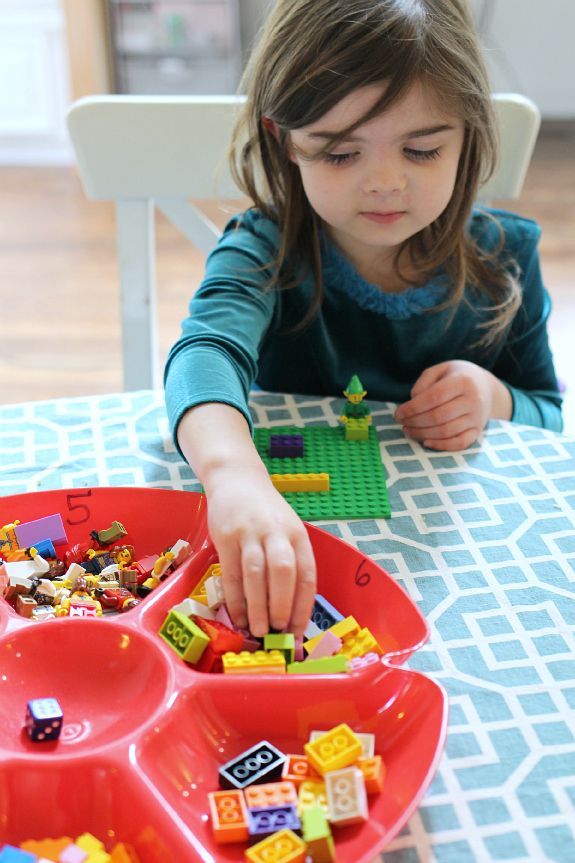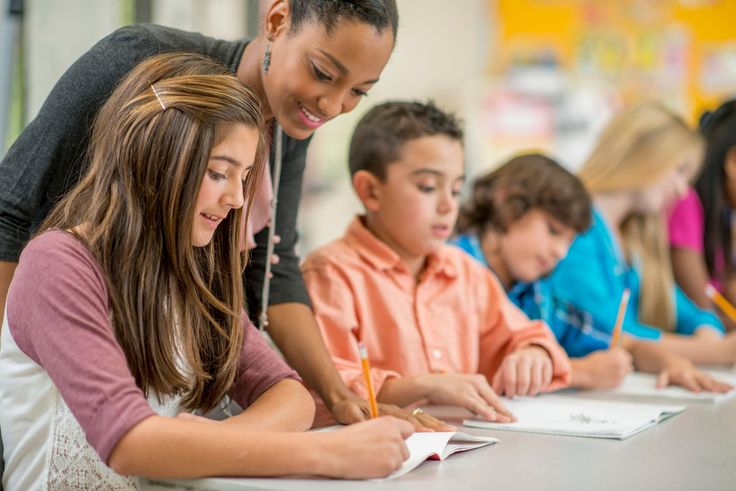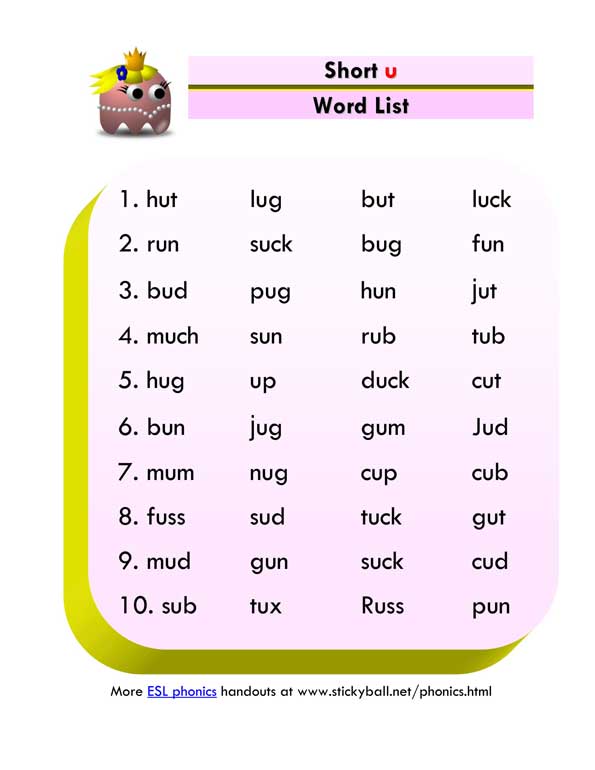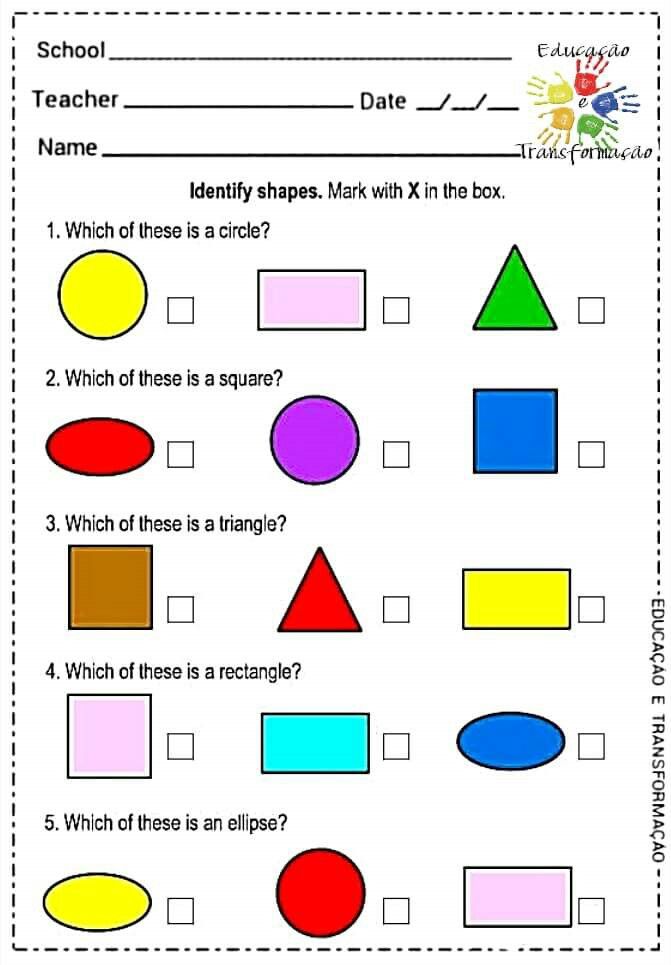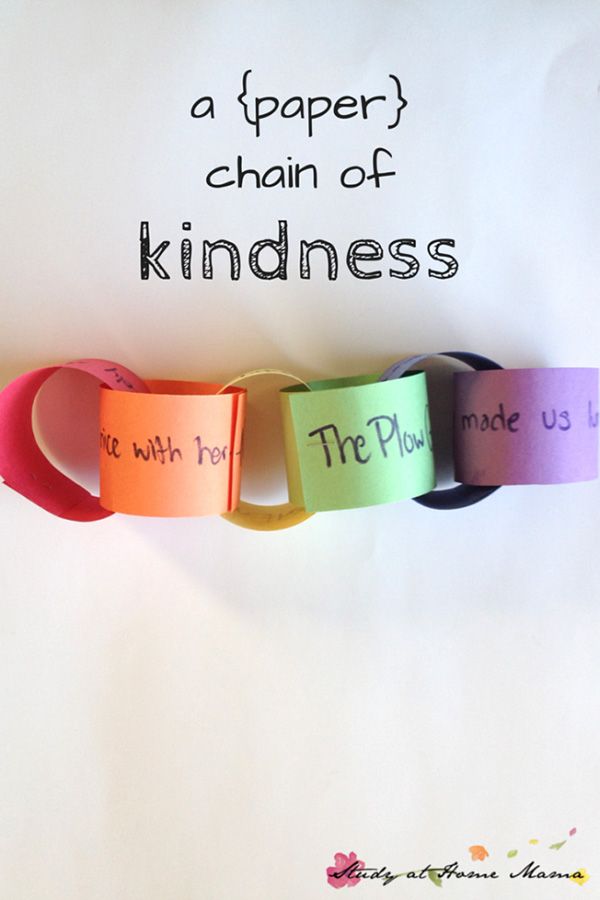Rhymes to read
232 best rhymes for 'read'
1 syllable
- Lead
- Spread
- Said
- Head
- Fed
- Shed
- Dread
- Bed
- Bread
- Dead
- Med
- Bled
- Thread
- Shred
- Set
- Bet
- Sweat
- Yet
- Jet
- Debt
- Threat
- Met
- Wet
- Let
- Get
- Et
- Net
- Ed
- Pet
- Ted
- Tread
- Fred
- Vet
- Fled
- Sped
- Wed
- Tech
- Deck
- Leg
- Check
- Beg
- Wreck
- Neck
- Ned
- Stead
- Sled
- Zed
- Web
- Ged
- Heck
- Jed
- Pled
- Shead
- Held
- Friend
- End
- Spend
- Bend
- Send
- Tend
- Fret
- Trend
- Sec
- Egg
- Lend
- Best
- Rep
- Vest
- Messed
- Belt
- Rent
- Dressed
- Melt
- Bent
- Felt
- Rest
- West
- Stressed
- Spent
- Blessed
- Vent
- Step
- Slept
- Stepped
- Sent
- Kept
- Went
- Chest
- Quest
- Checked
- Test
- Meant
- Dealt
- Left
- Wrecked
- Blend
- Brett
- Fett
- Mend
- Chet
- Guest
- Whet
- Tete
2 syllables
- Ahead
- Instead
- Forget
- Upset
- Regret
- Forehead
- Mindset
- Crackhead
- Bloodshed
- Misled
- Behead
- Unsaid
- Widespread
- Dickhead
- Embed
- Inbred
- Deathbed
- Misread
- Sunset
- Sayed
- Braindead
- Redhead
- Unread
- Homestead
- Airhead
- Shithead
- Skinhead
- Moped
- Butthead
- Purebred
- Achmed
- Warhead
- Bedspread
- Oded
- Cornbread
- Ahmed
- Spearhead
- Breastfed
- Blockhead
- Hardhead
- Deadhead
- Egghead
- Bankhead
- Bobsled
- Flatbed
- Morehead
- Retread
- Numed
- Horsehead
- Coed
- Whitebread
- Abed
- Roulette
- Outlet
- Weekend
- Girlfriend
- Boyfriend
- Pretend
- Defend
- Reset
- Offend
- Corvette
- Cassette
- Asset
- Present
- Content
- Collect
- Protect
- Percent
- Suggest
- Depressed
- Accept
- Connect
- Subject
- Except
- Effect
- Respect
- Expect
- Obsessed
- Correct
- Perfect
- Arrest
- Project
- Brunette
- Duet
- Offset
- Reflect
- Cadet
- Invest
- Depend
- Onset
- Headset
- Viet
- Contest
- Repent
- Sorbet
- Vignette
- Tibet
- Beget
- Beset
3 syllables
- Internet
- Cigarette
- Overhead
- Infrared
- Alphabet
- Muhammed
- Gingerbread
- Mohammad
- Thoroughbred
- Sudafed
- Figurehead
- Overfed
- Watershed
- Waterbed
- Arrowhead
- Letterhead
- Interbred
- Copperhead
- Comprehend
- Silhouette
- Juliet
- President
- Represent
- Disrespect
- Bayonet
- Clarinet
- Soviet
- Minuet
- Antoinette
Want to find rhymes for another word? Try our amazing rhyming dictionary.
If you write lyrics you should definitely check out RapPad. It has tons of useful features for songwriters, lyricists, and rappers.
Rhyme to Read
-
Unlock your child's reading potential.
- Interactive, step-by-step books and activities designed by teachers (and moms) to deliver real results.
-
Learn to read with word families and sight words.
WHY IT WORKS
-
Fuel their enthusiasm for reading.
Shop now
-
Enhance reading agility with the mobile app.
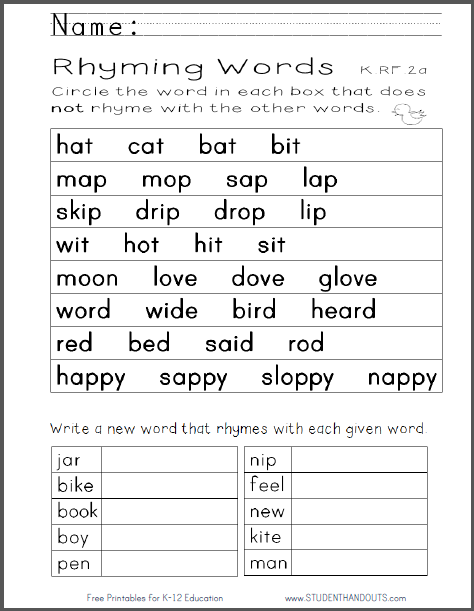
Learn more
-
Engage them with supplemental games and activities.
Shop Now
Unlock your child's reading potential.
Interactive, step-by-step books and activities designed by teachers (and moms) to deliver real results.Learn to read with word families and sight words.
WHY IT WORKSFuel their enthusiasm for reading.
Shop nowEnhance reading agility with the mobile app.
Learn moreEngage them with supplemental games and activities.
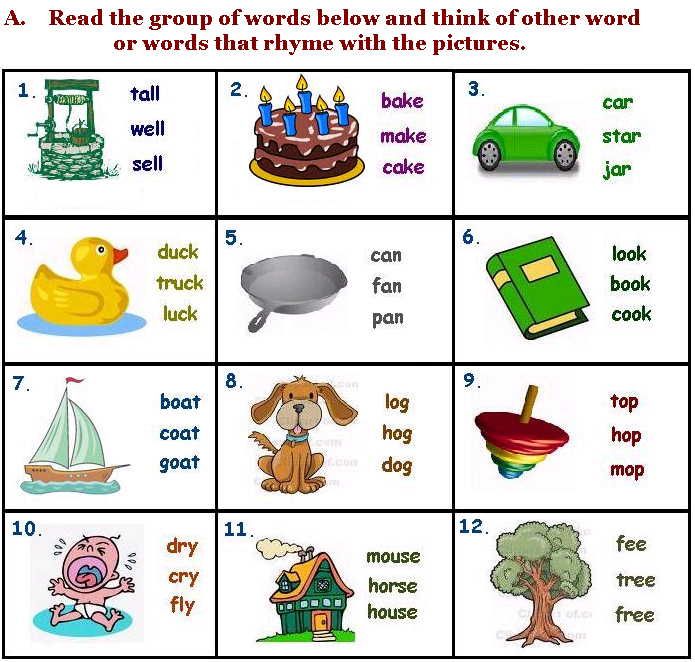 Shop Now
Shop Now I am writing to strongly endorse this wonderful series. Rhyme to Read is the best thing that has happened to early reading material in ages.
Elizabeth L., MD
Rhyme to Read is a fantastic program. All four of my children learned to read using these books. Now they love to read! I can't praise you enough.
Tracy F., Parent
Rhyme to Read provides an innovative and rewarding learning experience that promises success and self-confidence for children.
Cecily T., Reading Rainbow
Use left/right arrows to navigate the slideshow or swipe left/right if using a mobile device
Lesson of literary reading on the topic "Peculiarities of rhyming in the poems of A.
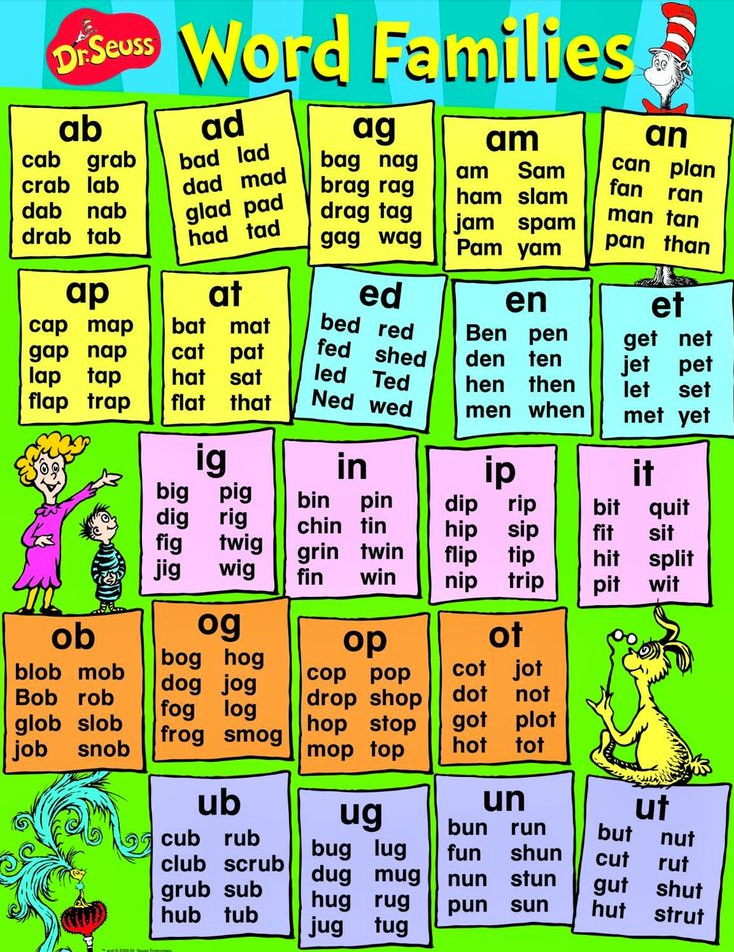 Bely "Spring", F. Tyutchev "How cheerful the roar of summer storms ...", S. Marshak "How the winter worked!"
Bely "Spring", F. Tyutchev "How cheerful the roar of summer storms ...", S. Marshak "How the winter worked!" Rhyme subordinates poetic speech to a new patterns, making it more pleasing to the ear and easier to understand; delimiting individual poems, she seems to share them, but in fact binds them together. Rhyme is one of ways to combine individual views. Upbeat and vibrating in tune with the mood poet, the feeling of the perceiver (listener, reader) is waiting for rhyme and therefore experiences delight in hearing it.
Lesson objectives:
- get acquainted with the verses, which combine three types of rhyme;
- to understand the content of this technique;
- to develop and enrich the speech of students;
- develop attention, creative imagination;
- educate interest in the subject and culture communication.
Equipment: literary reading textbook 4 class of N.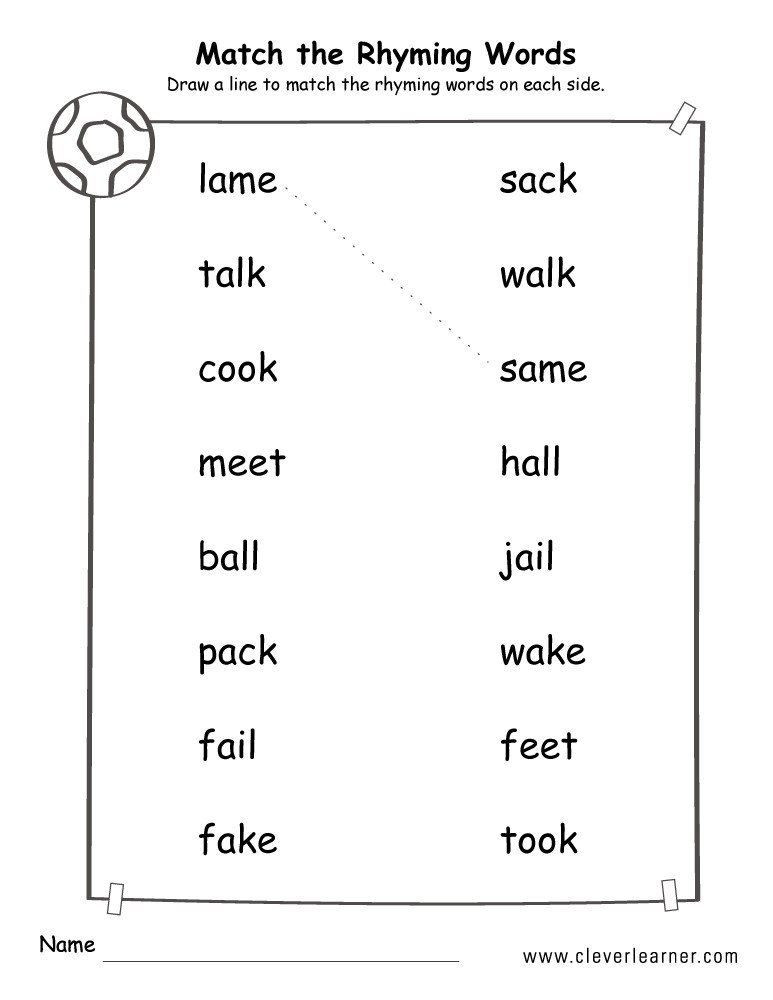 A. Churakov; cards; rhyme schemes.
A. Churakov; cards; rhyme schemes.
Lesson progress
I. Checking homework. Preparing for perception
1) - Solve the charade and you will know what we are talking about Let's talk in class today.
The first syllable is a sea rock,
Second from mother dear,
And together we get the word,
Which you will find in any stanza. (riff-ma)
- Remember what kinds of rhymes we met in the last lesson? (steam room, cross, covering)
- Use circles to show these views on the board rhymes and match with the title.
2) - At home you were preparing an expressive reading poems by A. Pushkin "Winter Road". Which kind of rhyme in this poem? (cross)
- Let's listen to the reading. (Children reading poems)
3) Work in groups (each group is offered poetry card).
- Determine the type of rhyme:
A) The hostess left the bunny,
A bunny was left in the rain.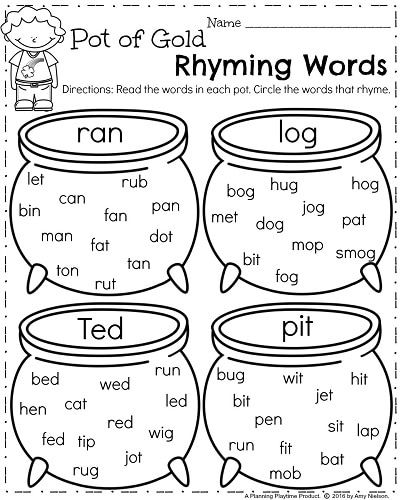
I couldn't get off the bench,
Wet to the skin.B) He wanders importantly across the meadow,
Comes out of the water dry,
Wears red boots,
Gives soft feathers.C) The sun walked across the sky
And ran behind the clouds.
Hare looked out the window,
It got dark.D) Instead of a tail - a hook,
Instead of a nose - a patch,
Piglet full of holes,
And the hook is swivel.E) They say at dawn
Gathered on Mount
Dove, goose and jackdaw ...
That's the whole count.E) The fox was rye,
The fox found a penny.
(Each group reads their card, calls type of rhyme)
(The same rhyme is used in all verses - steam room)
- Output: In children's poetry and small genres folklore often uses a paired rhyme.
II. Work on a new topic
1) - Read the poem (p. 163-164). Determine the type of rhyme. Take your pencils and connect rhyming words. (Encompassing rhyme)
163-164). Determine the type of rhyme. Take your pencils and connect rhyming words. (Encompassing rhyme)
- Why did the poets choose this rhyme? (Comprehensive rhyme, as it were, loops the depicted, creates a coherent finished picture).
– Is it a coincidence that it was the spring that inspired poets, prompted them to turn to this rhyme? (Of course, not by chance. In spring, the weather is often is changing. This rhyme helps convey it variety of spring changes. And in general creates a picture of the coming spring.)
2) (Expressive poetry reading for 2-3 people)
III. Fizminutka
IV. Continuation of work on topic
1) Analysis of the poem by S. Marshak “How winter has worked!”
- Does it happen that in one poem does the poet use three types of rhymes at once? (Children's suggestions)
2) Expressive reading of a poem by a teacher (p.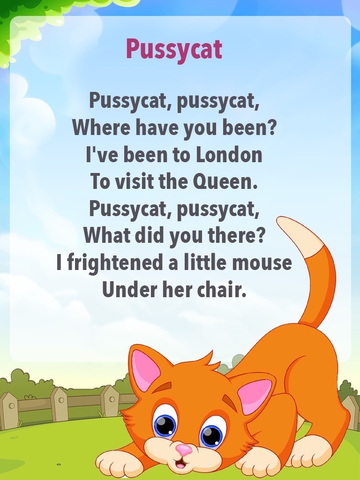 164)
164)
– Did you like the poem?
– Read the poem yourself and determine what types of rhymes the poet used.
(Guys should discover that in the first quatrain rhyme steam room; in the second - cross; in the third - coverage).
3) Group work
- Now we will do research work. We will try to summarize our knowledge on topic “Rhyme” and fill in the table.
| Types of rhymes | Image created by rhyme |
| Steam room | |
| Crossed | |
| Female |
Work is carried out in groups. Each analyzes one quatrain each of S. Marshak's poem “How the winter worked!” and choose from a row word cards revealing the image created this rhyme.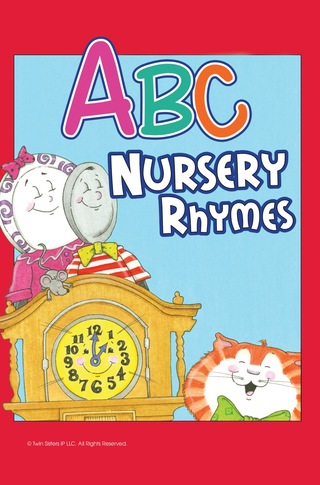
Job
- Read your passage again. Pay attention to the pace of reading.
- What picture was created by the poet using this rhymes?
- Does this painting have a complete character?
- How do you feel about the picture created by a poet?
- Choose the right cards.
Answers from each group are heard and columns of the table are filled.
| Types of rhymes | Image created by rhyme |
| Steam room | Energetic, emotional, cheerful |
| Crossed | Calm, measured |
| Female | Balanced, complete, finished |
V.
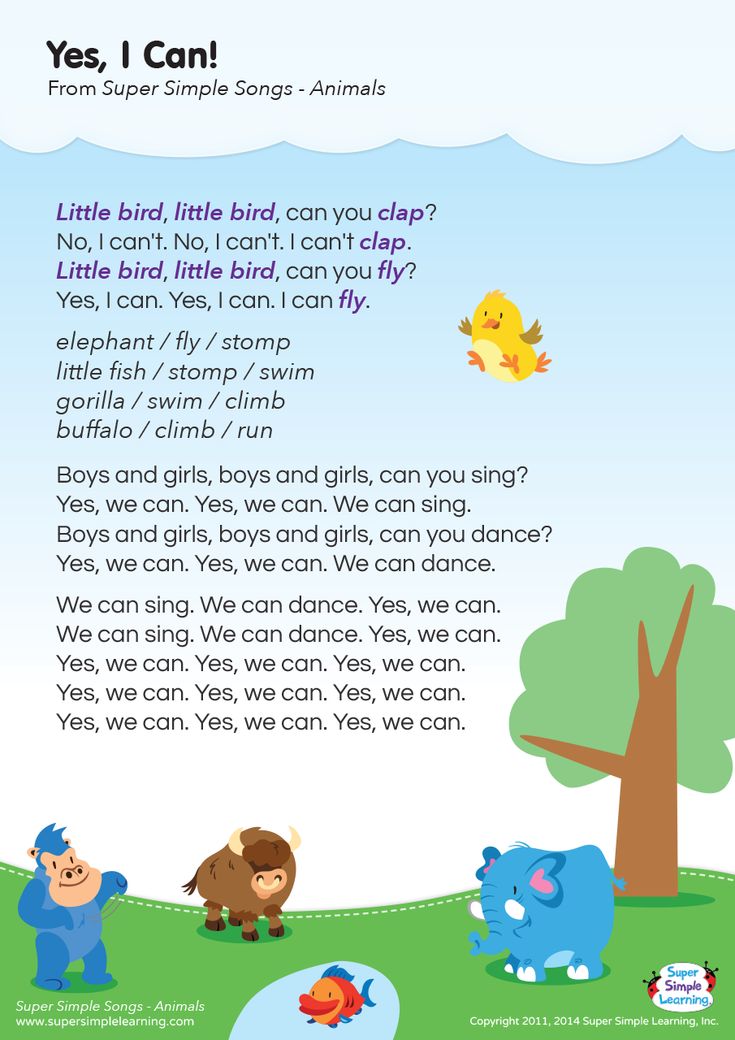 Burime game
Burime game
- Now you know three types of rhymes. I offer you try yourself in the role of poets and compose quatrains using this rhyme. Such The game is called Burime.
(Children are offered a rhyme. You can compose according to groups).
Capel - April
In the spring - home
( For example:
Drops are ringing outside the window.
April begins.
Oh, what a beautiful spring!
We don't want to go home!)
– What type of rhyme is used? Why? (Steam room rhyme, it is the simplest)
VI. The result of the lesson
- So the lesson is over!
Let's sum it up soon!
- Tell me, what did you learn in the lesson?
- What happened?
– What was difficult?
- Each of you has a ladder of five steps. Use it to evaluate your work in class. What step are you on put?
What step are you on put?
Lesson over, thanks!
VII. Homework
Interactive poster "Types of rhyme" - Literary reading - Primary grades
Author resource: Kameneva Tatyana Anatolyevna
Subject: Literary reading, grade 4
Author textbook: Churakova N.A.
Purpose: this interactive poster is intended use while studying the topic "Types of rhyme", for consolidation and repetition themes of a poetic nature.
Schematic building an interactive poster: multilevel.
Targets : expand students' knowledge of the genres of literature, create conditions for acquaintance and determining the type of rhyme in a poem, introduce theoretical material on the subject, to develop skills determine the rhyme in a poem develop the ability to draw conclusions.
Method usage: given interactive poster consists of 24 slides.
Slide 1: topic name ,
author of the work Kameneva Tatyana Anatolyevna
MOU "Secondary School" No. 1, Valuyki
Slide 2: introductory remarks of a creative person professions (artist's image), which is for future work.
Slide 3: self-determination by students type of rhyme in the likeness of the artist's drawings:
- 1) if on one side of the river are butterfly with butterfly, means a paired image and, hence rhyme;
- 2) if drawings are criss-crossed, which means cross image and therefore rhyme;
- 3) if drawings are combined inclusively, therefore, inclusively image and therefore rhyme.
After each definitions on the screen below the picture the artist appears the name of the rhyme.
Slide 4: provided plan for studying the topic "Types of rhyme" He includes an introduction to types of rhyme with theoretical point of view, practical work, entertaining material. All the slide page is titled "Workshop verse", which corresponds to the themes in textbook "Literary reading, grade 4" and is part of many lessons on the study of genres of literature, specifically, when working on poetry.
Poster content: double rhyme, cross rhyme, encompassing rhyme, Onegin stanza, learning to identify rhyme, observations and conclusions, we listen to the living voice of the poet, this interesting.
By hyperlink you can go to any part of the interactive resource.
Slide 5: theoretical part - acquaintance of students with a steam room rhyme and practical part - definition rhymes of the presented quatrains.
students read alternately appearing on the screen 2 quatrains and confirm belonging to pair rhyme.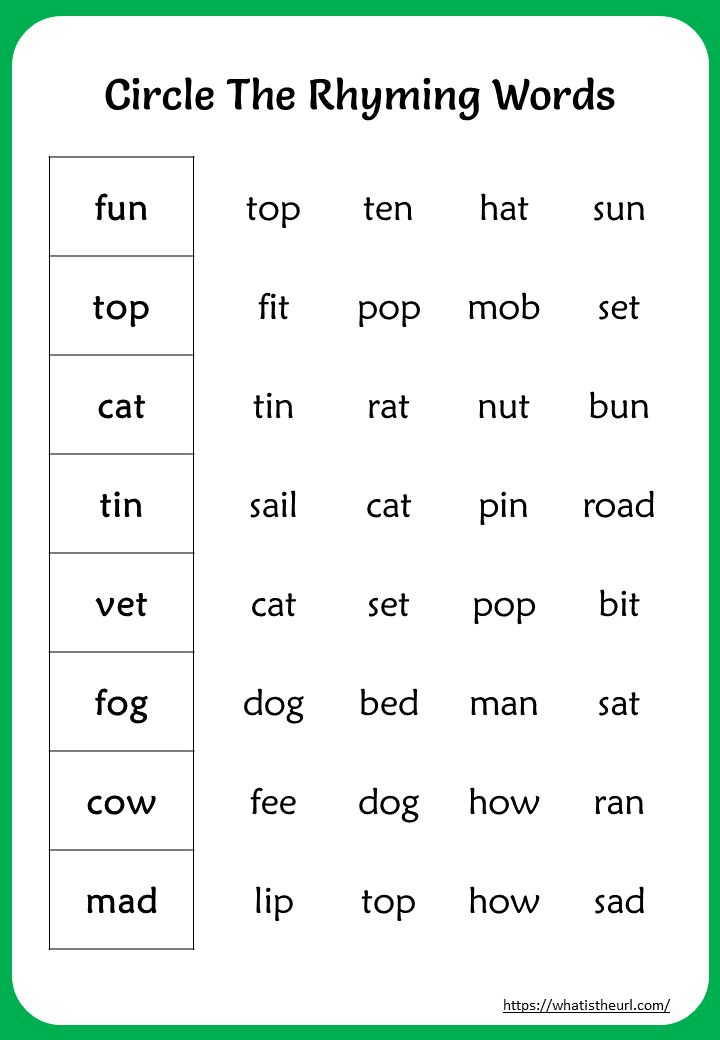
Return to start slide point sign .
Slide 6: theoretical part - familiarization of students with the cross rhyme and practical part - definition rhymes of the presented quatrains.
students read alternately appearing on the screen 2 quatrains and confirm belonging to cross rhyme.
Return to start slide point sign .
Slide 7: theoretical part - familiarization of students with the coverage rhyme and practical part - definition rhymes of the presented quatrains.
students read alternately appearing on the screen 2 quatrains and confirm belonging to a catchy rhyme.
Return to start slide point sign .
Slide 8: theoretical part - acquaintance students with the Onegin stanza and practical part - definition of the type rhymes of the presented quatrains.
Students highlight rhyming words and confirm that This section is different from the previous ones.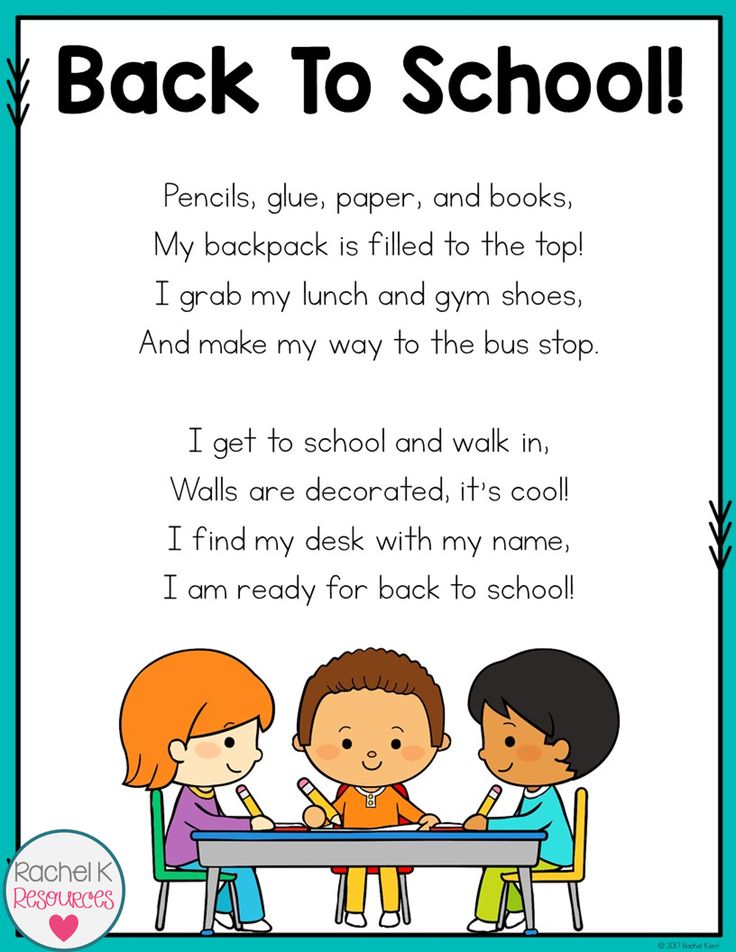 studied. By clicking on the screen on the left the theoretical part of the material appears, and students get to know each other with a new definition.
studied. By clicking on the screen on the left the theoretical part of the material appears, and students get to know each other with a new definition.
The teacher tells additionally about the Onegin stanza.
A stanza of 14 lines with a certain rhyming system, applied by A.S. Pushkin in "Eugene Onegin" (as indicated by its name, became a term). The line consists of three quatrains, each of which has its own rhyme (cross; steam room, or adjacent; ring, or encircling, covering), and final couplet.
Despite a clear internal articulation, Onegin stanza perceived as a whole, which promote and syntactic links between its four parts, and energetic rhythmic ending - couplet. The stanza in "Eugene Onegin" represents is a complete syntactic and semantic whole. Often in the final the couplet seems to sum up everything.
We all learned little by little
something and somehow:
So educate thank God,
We have no wonder flash.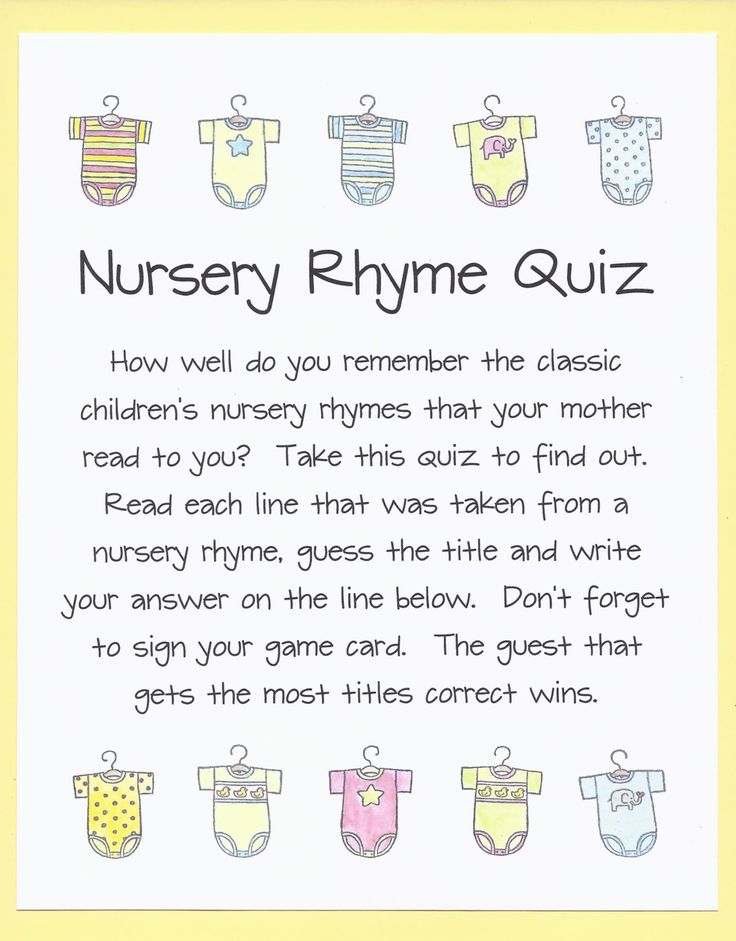
cross
Onegin was the opinion of many
(Judges resolute and strict)
Small scientist, but pedant,
Had he happy talent
steam room
Without coercion during conversation
Touch everything slightly,
With a scholarly look connoisseur
keep quiet in an important dispute
ring
And raise a smile ladies
By the fire of the unexpected epigram
steam room
Return to start slide point sign .
C layd 9: part is called "Learning to identify rhyme" and it can be accessed via a hyperlink. On the first click will appear on the slide photo illustration to the description in a quatrain, on the second click - confirmation of the correct answer (enveloping rhyme).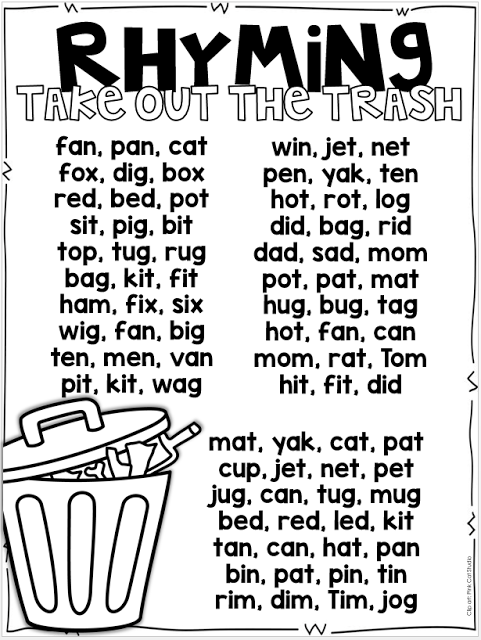 The sign will indicate work in the future.
The sign will indicate work in the future.
C layd 10: second slide of the part "Learning to determine the rhyme." On the first click will appear on the slide photo illustration to the description in a quatrain, on the second click - confirmation of the correct answer (pair rhyme). The sign will indicate work in the future.
C layd 11: third slide of the part "Learning to determine the rhyme." On the first click will appear on the slide photo illustration to the description in a quatrain, on the second click - confirmation of the correct answer (cross rhyme). Sign indicate work in the future.
Slide 12: fourth slide of the part "Learning to determine the rhyme." On the first click will appear on the slide photo illustration to the description in a quatrain, on the second click - confirmation of the correct response (three types of rhymes). Sign will indicate a return to the starting slide.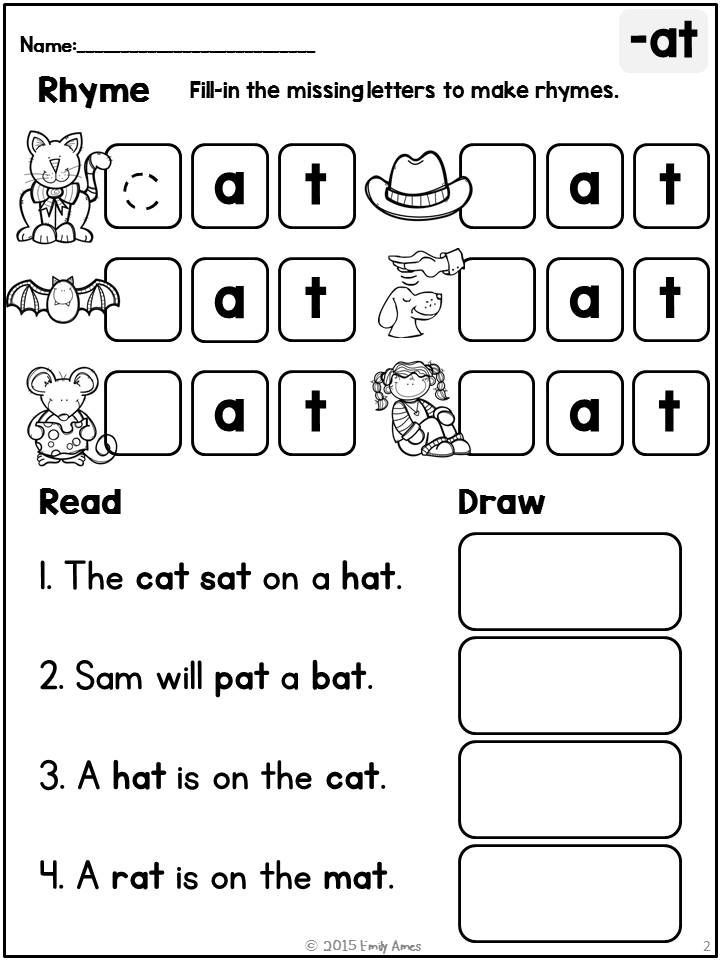
C layd 13: given part is called "Watching and Doing conclusions” and it can be accessed via a hyperlink. This part of the interactive poster invites students to observe rhymes of famous poets of different times and draw conclusions about which rhyme is more often found only in poems particular poet. Students on the slide see the portrait of the poet and must name his first and last name. On the first click will appear on the slide the name of the poet, and in the future - a new poem, rhyme, etc. Then students make a conclusion on the highlighted rhymes. The sign will indicate work in further.
Slides 14-15-16: based on the materials of these slides is carried out work similar to slide 13. So Thus, students will draw conclusions about rhymes of such poets as K. Balmont, S. Yesenin, K. Simonov and M. Plyatskovsky.
Z nak will indicate the transition from slide 14 to 15 slide, from 15 to 16 slide.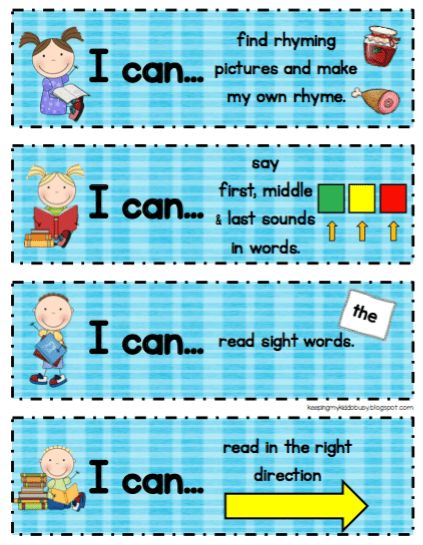
Sign will indicate a return to the starting slide.
C lays 17 - 18: on these slides “Listen to a live voice poet" can be accessed via a hyperlink from poster start slide. For students invited to listen to poetry readings performed by the authors themselves: A Barto, K. Chukovsky. Children must identify by ear types of rhyme. The sign will indicate the transition from slide 17 to slide 18.
Slides 19 - 20: on this part of the poster "It's interesting!" the output is also via hyperlink. On the 19 slide - acquaintance with white rhyme, and on slide 20 - acquaintance with the poem in prose. Transfer and return is carried out just like in the previous parts.
Slides 21 - 22 - 23 - 24: this part of the resource offers students test your knowledge of what you have learned topic. Triggers are used for verification. Highlighting the wrong answer the word sways, and the correct answer - rotation.